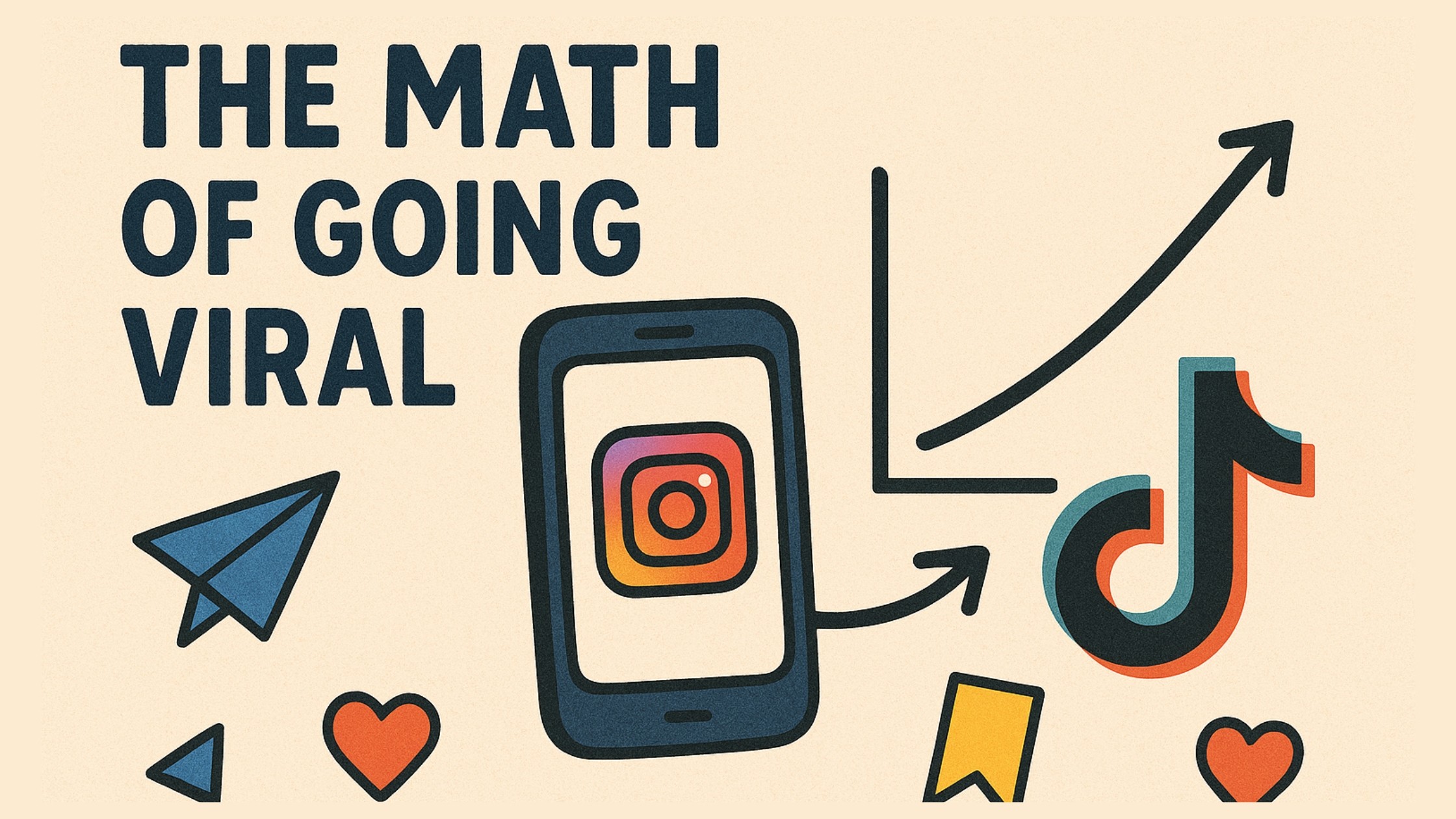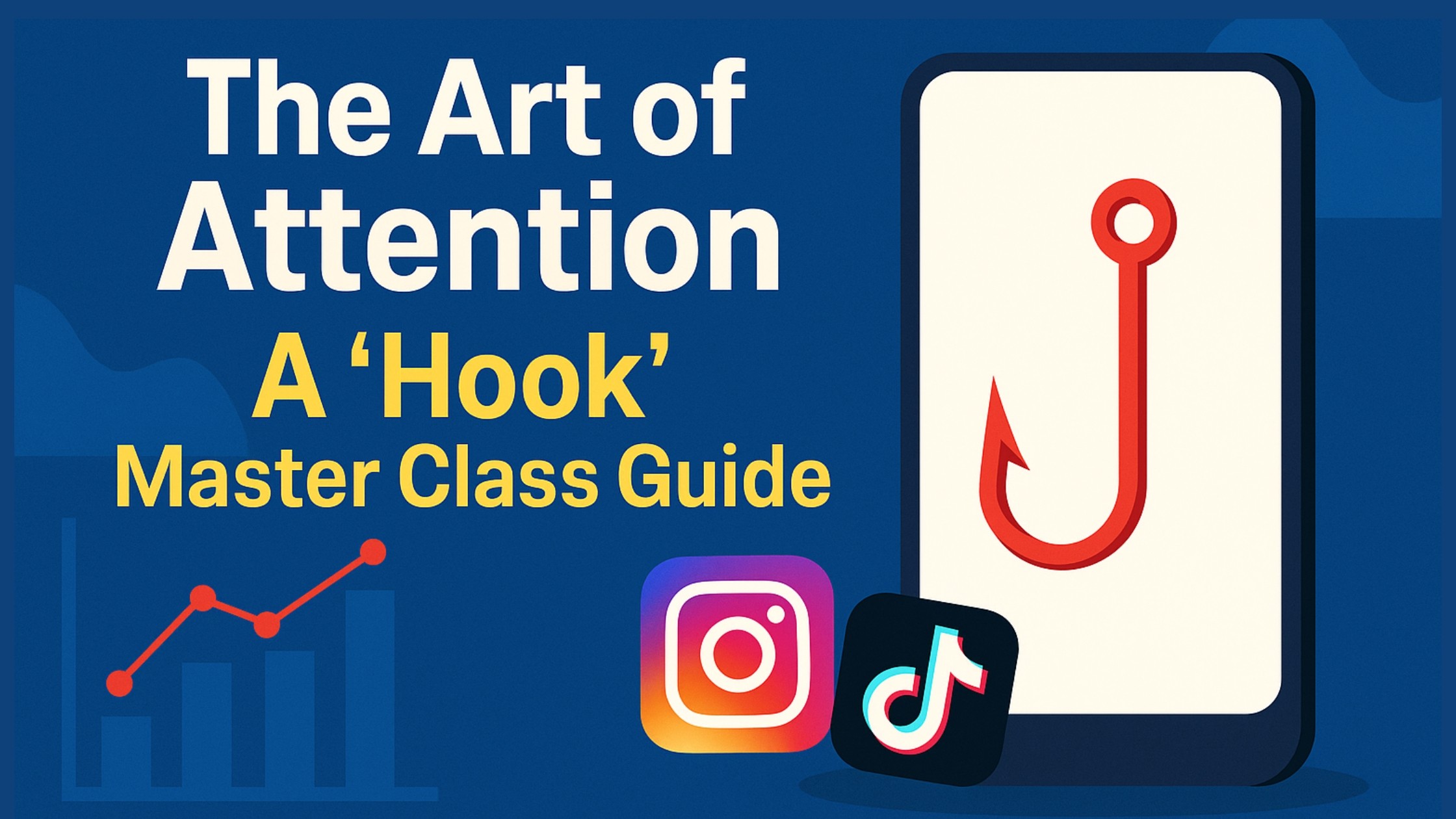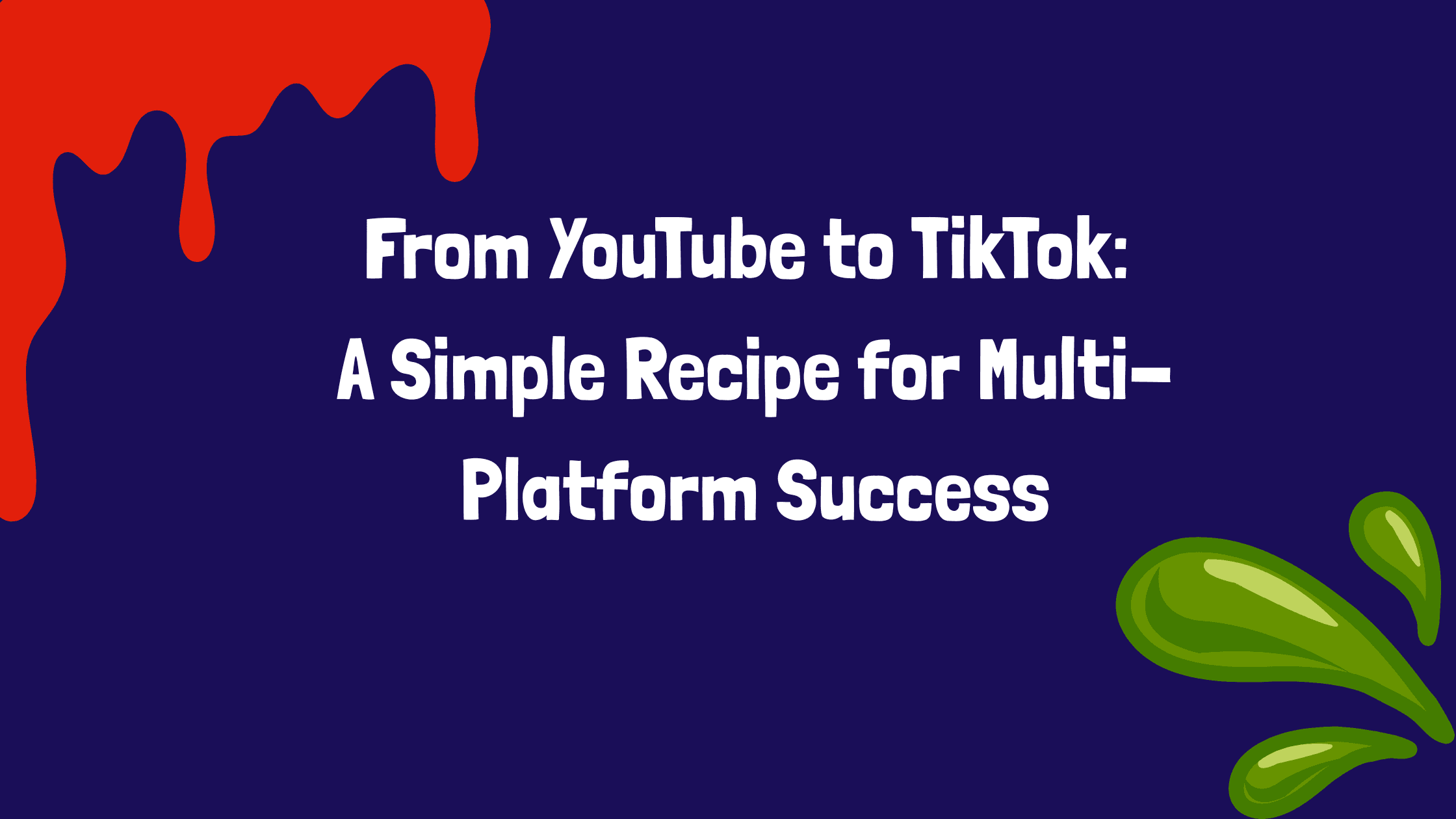Millennial Cringe Is Back and Brands Are Cashing In
Sep 28, 2025
5 min
Brands have spent years chasing Gen Z cool. Neutral feeds, cryptic captions, moody aesthetics. And yes, it looked sharp… until it all blended into the same beige blur. Now the pendulum is swinging the other way. Cue the return of millennial cringe, those earnest but cheesy posts Gen Z loves to mock but can’t stop engaging with.
Think avocado toast jokes, over the top inspirational quotes, boomerangs of pumpkin spice lattes. It’s the energy of 2014 Instagram, revived and repackaged with a wink. And here’s the twist: brands and influencers aren’t running from the cringe anymore. They’re owning it.
Why This Matters for Brands
Because what used to be embarrassing is now engagement gold.
• It feels human. A self-deprecating post makes a brand seem approachable in a way polished campaigns can’t.
• It’s nostalgic. Millennials see a throwback to their first social media years. Gen Z sees ironic humor. Both groups share it.
• It builds conversation. Nothing gets people tagging friends faster than a “this is so me in 2016” post.
Take Crocs, for example. Instead of fighting the “ugly shoe” label, they leaned into it, and turned it into a badge of honor. Or Duolingo, whose chaotic, borderline-cringe TikToks have made the brand one of the most recognizable voices online. By making fun of themselves, they got people to talk about them.
Why This Matters for Influencers
Because cringe is a content reset button.
Influencers don’t have to live in perfectly curated grids anymore. They can post silly memes, awkward selfies, or corny captions, and instead of losing credibility, they gain relatability. Gen Z especially values creators who don’t take themselves too seriously.
That’s why we’re seeing creators mix polished brand deals with tongue-in-cheek posts that poke fun at the whole “influencer lifestyle.” It’s a balance: one day a glossy skincare flat lay, the next day a meme about still using 2012 filters. The cringe becomes the connector.
How To Use It (Without Overdoing It)
• Brands: Stop pretending every post needs to be cool. Drop in a goofy pun, a “throwback cringe” carousel, or an exaggerated millennial reference. Self-awareness wins points.
• Influencers: Blend cringe with sincerity. Post the awkward meme, but pair it with a real story. The mix of humor and honesty keeps followers hooked.
• Both: Don’t force it. Cringe works when it feels authentic, not when it looks like a marketing team studied a meme format for six months.
What This Means for Marketing
The rise of millennial cringe isn’t about ditching aesthetics altogether. It’s about balance. Perfect campaigns build brand recognition; cringe campaigns build connection. And in a crowded feed, connection is what actually drives action, shares, comments, loyalty.
Bottom Line
The new power move isn’t flawless branding. It’s being brave enough to laugh at yourself.
If you’re a brand, lean into the awkward, it might be your most relatable content yet. If you’re an influencer, don’t hide the cringe. Use it. It’s your chance to show the side that’s less polished but way more real.
Because in a world of sleek feeds, nothing stands out more than a post that makes people cringe, laugh, and tag three friends.



